How to Stop Mold in Seed Starting Mix (Before It Starts)
White fuzz on your soil? Mold kills seedlings quickly. These simple, proven tips will keep your seed trays clean and fungus-free this season.
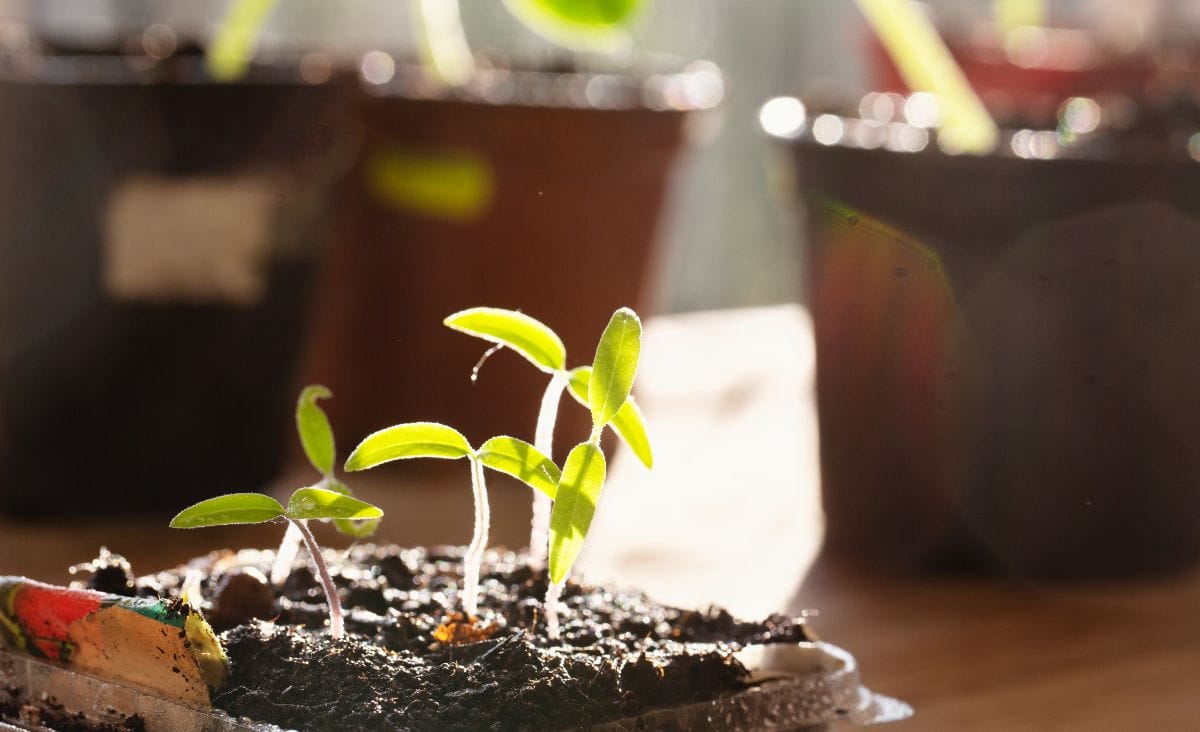
You carefully plant your seeds, excited for the growing season ahead… and then, like clockwork, you notice fuzzy white or green mold creeping across the surface. Ugh. It’s frustrating—and yes, it can put your seedlings at risk before they even get a shot at life in the garden.
But here’s the good news: it’s fixable. And better yet, it’s preventable.
If you’ve ever had mold show up on your seed starting mix (and trust me, we’ve all been there), this guide will walk you through exactly how to deal with it and keep it from coming back.
Why Mold on Seed Starting Soil Happens
Mold and fungus thrive when you give them the perfect storm: warm, damp conditions with little to no airflow. Unfortunately, that pretty much describes most indoor seed-starting setups if you’re not careful.
The main culprits?
- Overwatering
- Poor drainage
- Stagnant air
If you don’t manage those three, mold spores can settle in and spread fast.
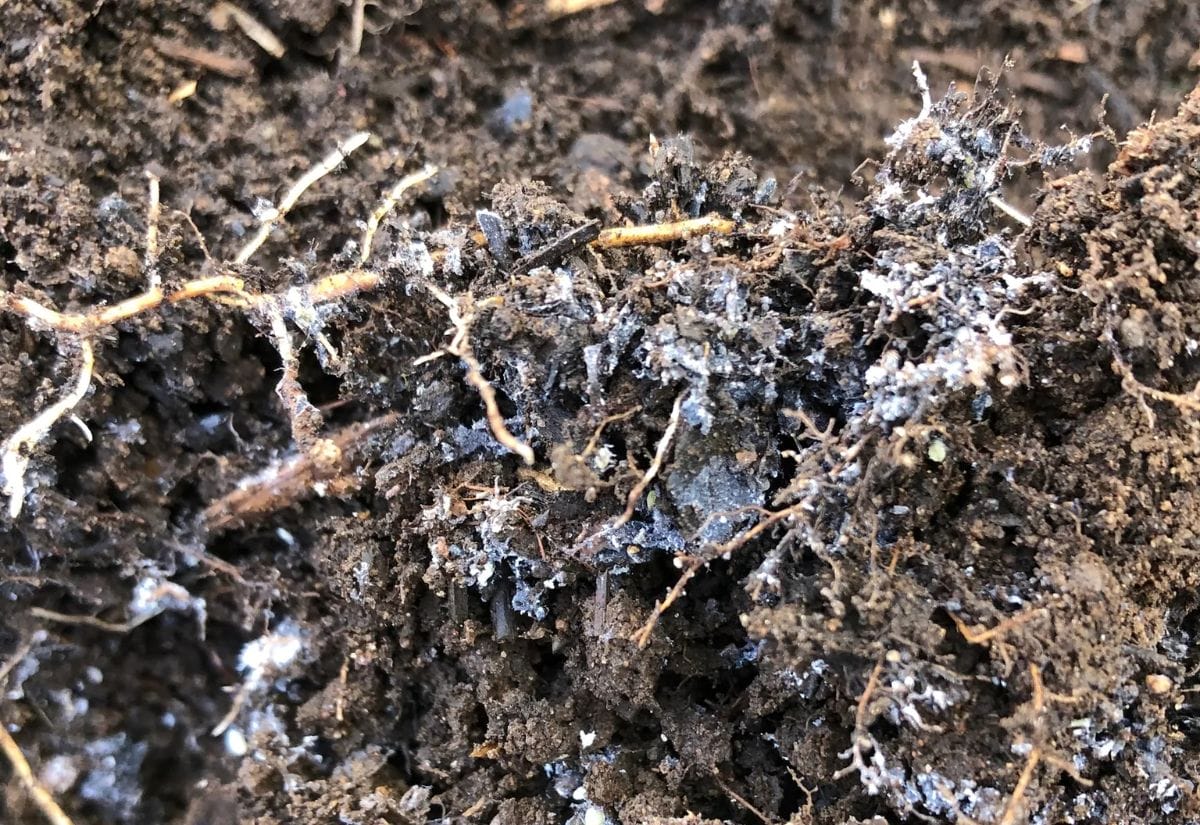
Why Mold Matters
Not all mold is dangerous to your seedlings—but some is. And even the “harmless” stuff can signal poor conditions or compete with your baby plants for nutrients. In worse cases, it can lead to damping-off, which wipes out seedlings before they even get going.
So if you see it? Don’t ignore it.
How to Prevent Mold from the Start
Let’s talk prevention. These small changes can make a huge difference in seedling success.
✔ Make Sure It Drains Well
Use a high-quality seed starting mix with good drainage, and make sure your containers have holes so excess water can escape.
✔ Keep Moisture in Check
Water with care—your soil should be moist, not soaked. A spray bottle or bottom watering setup helps manage this better than pouring water from above.
✔ Boost Airflow
Still air = mold heaven. Add a small fan on low near your seed setup or open a nearby window to keep things moving.
✔ Always Start with Clean Containers
Dirty trays can harbor mold spores from last year’s mess. Give them a good clean first.
Tip: Want a deeper clean? Check out my step-by-step guide to cleaning and disinfecting seed starting trays.
What to Do If Mold Shows Up
Caught it a little too late? Don’t panic. You’ve got options.
Remove the Mold
If it’s just a little surface mold, gently scrape it off without disturbing the roots. In my experience, this is usually enough to get things back on track.
Let the soil dry out a bit before watering again. That alone often stops the mold in its tracks.
Adjust Watering
Water less frequently and only when the top of the soil feels dry. A little drying out between waterings is good for root development and keeps mold from taking hold.
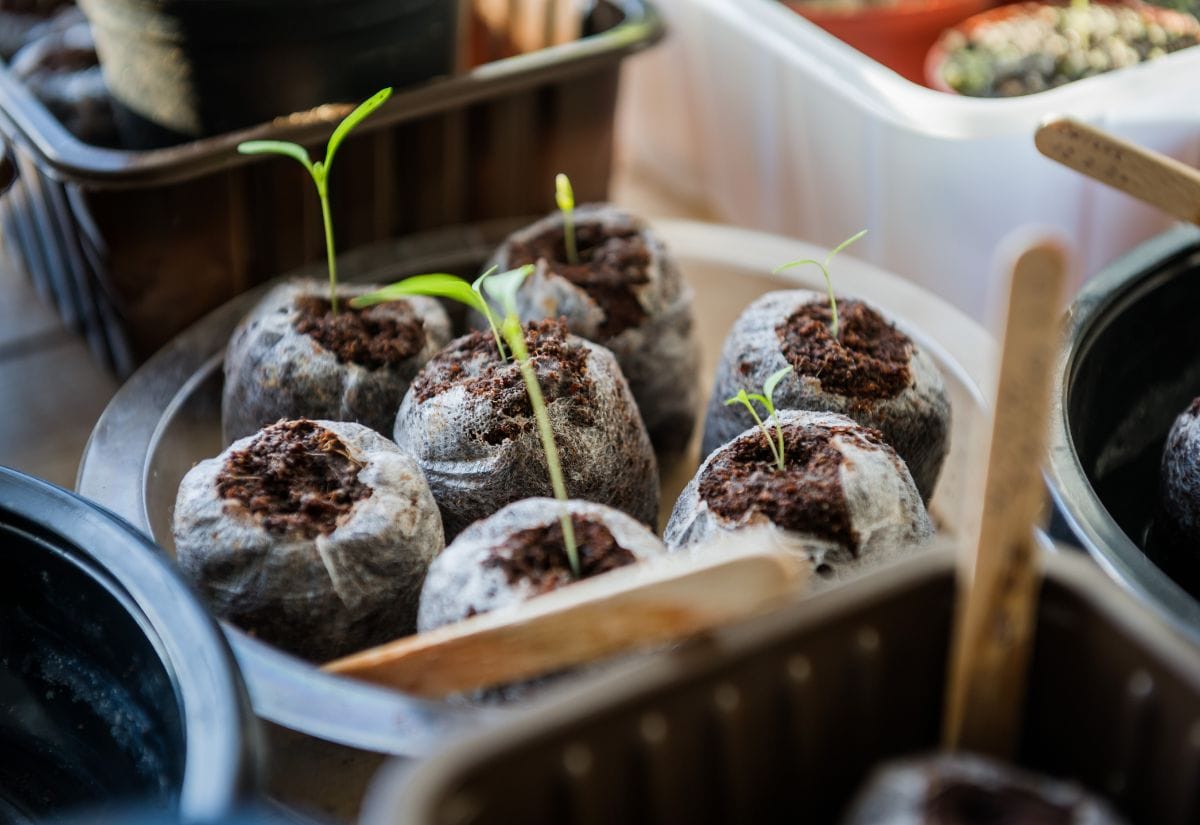
Increase Light
Mold loves dark, damp conditions. More light = less mold. Use grow lights or a bright windowsill to give your seedlings what they need—and make things less cozy for fungus.
Try a Natural Fungicide
If the mold won’t budge, try neem oil or a homemade mix (1 tsp baking soda to 1 quart of water). These are gentler than commercial fungicides and usually do the trick.
Always spot test first to make sure your seedlings don’t react poorly.
Improve Ventilation
Use a small fan to move air across your trays. This not only keeps mold at bay but helps your seedlings grow stronger stems. Win-win.
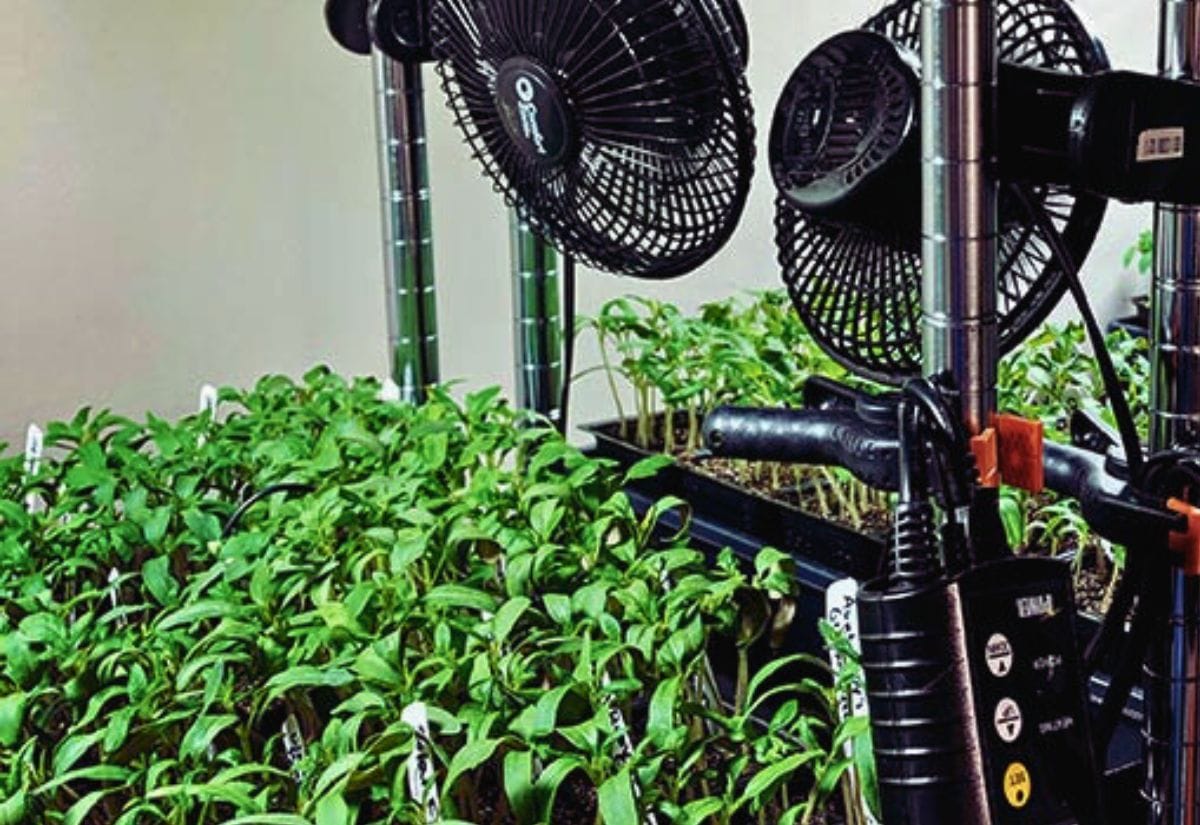
Seed-Starting Troubleshooting: Mold & Fungus FAQs
Years ago, I battled mold on my seed trays every. single. spring. Then I made one simple change: I switched to bottom watering.
Now I set my trays in a shallow container and let the soil absorb water from below. The surface stays dry, which mold hates—and my seedlings grow stronger roots because they’re not swimming in soggy soil. Easy win.
Save this pin to keep your seedlings mold and fungus-free!
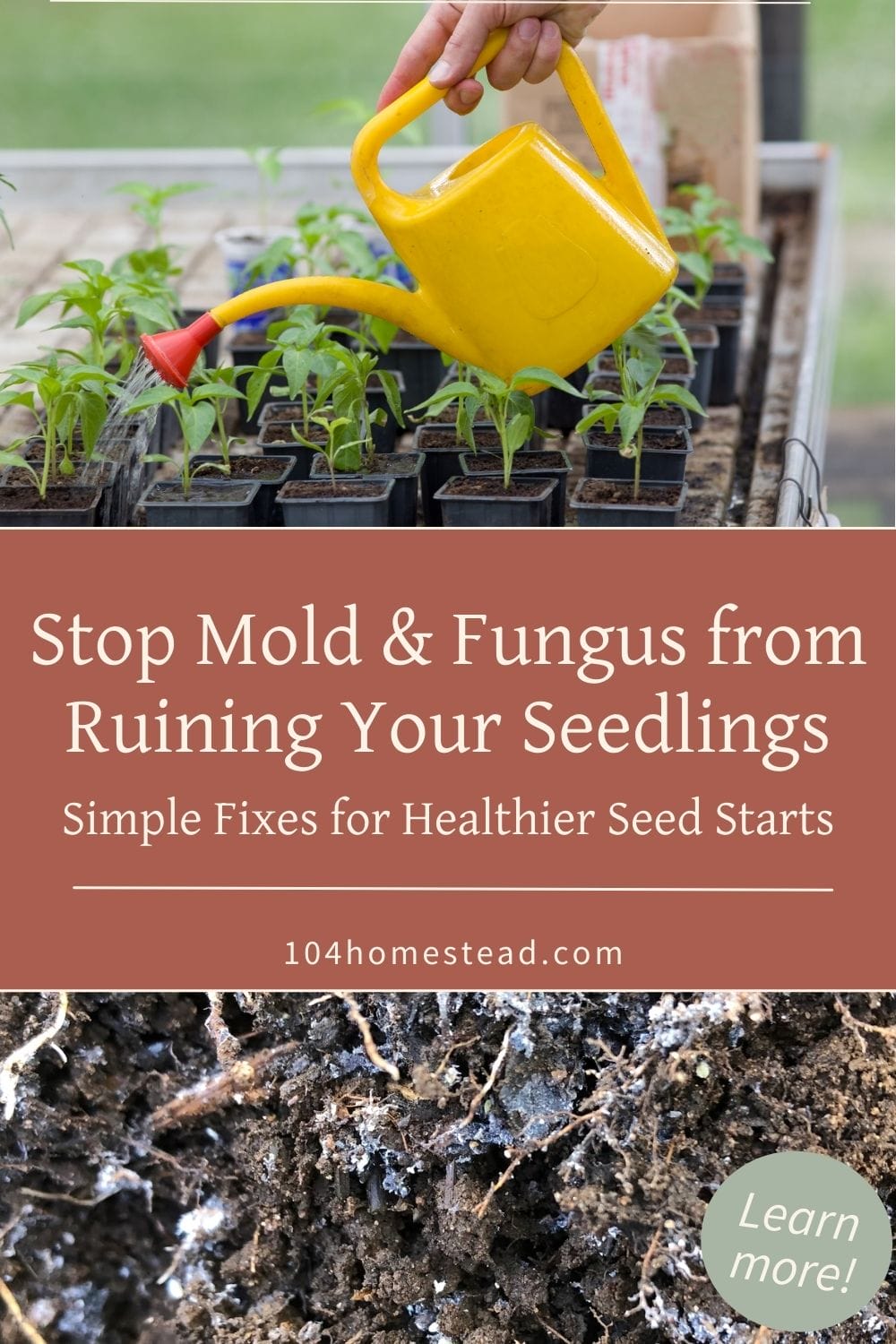
Mold on seed starting soil can be annoying, but it’s not the end of the world—or your seedlings. With the right airflow, watering habits, and clean containers, you can prevent most issues before they start.
And if mold does show up? Just make a few simple adjustments and keep going.
Seed starting success isn’t about perfection. It’s about paying attention, learning what works, and tweaking your setup so it works for you.
What’s your best mold-busting tip? Or have you had a mold disaster? Let’s talk about it in the comments!





